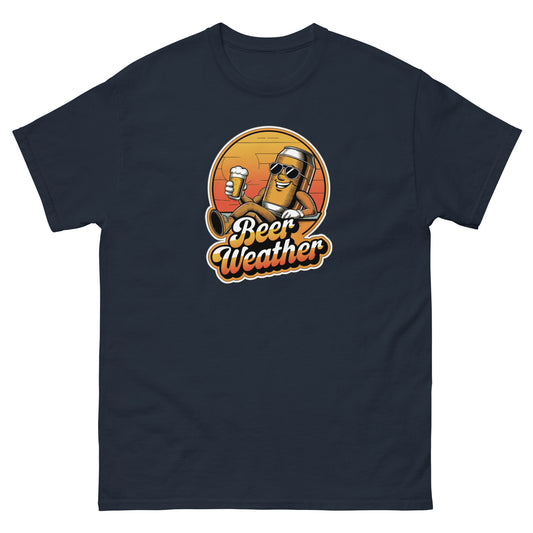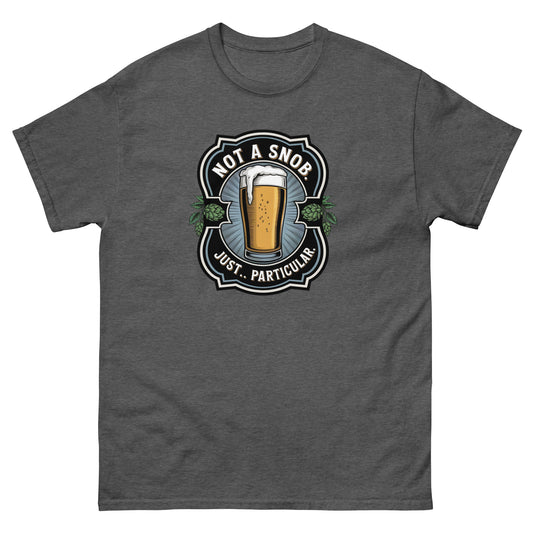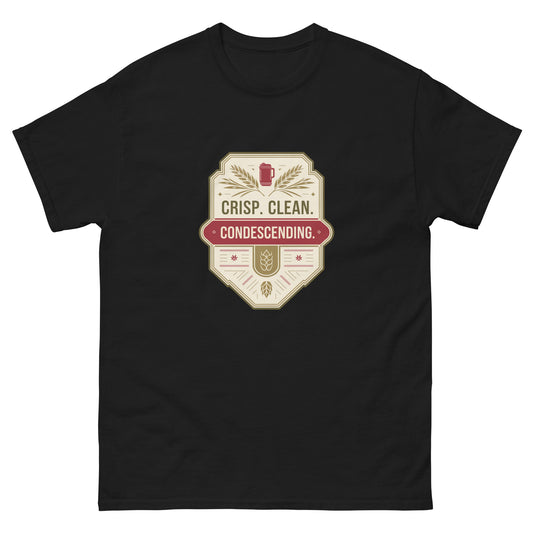Why Temperature Control is Key to Brewing the Perfect Beer
Share
Why Temperature Control is Key to Brewing the Perfect Beer
There’s something undeniably satisfying about cracking open a bottle of homebrewed beer, knowing you crafted it yourself. But any seasoned brewer will tell you—if you don’t get the temperature right, you might as well be rolling dice with your flavour. Controlling temperature isn’t just a detail. It’s the secret handshake of great brewing, separating the drinkable from the downright exceptional.
The Science Behind the Sip
Yeast is a fickle little beast. Too hot, and it races through fermentation, leaving you with off-flavours that no amount of wishful thinking can mask. Too cold, and it sulks, refusing to do its job, leaving unfermented sugars and a thin, lacklustre beer.
Lager yeast thrives at cooler temperatures—somewhere between 7-13°C—giving that crisp, clean finish. Ale yeasts, on the other hand, perform best at a balmier 18-22°C, bringing out more fruity and complex flavours. But even within those ranges, small shifts can change the taste dramatically. That’s why precision matters.
What Happens When You Get It Wrong?
If you've ever taken a sip of homebrew that tasted like nail polish remover, banana lollies, or straight-up funk, there’s a good chance temperature played a role. Some common temperature-related brewing disasters include:
- Fusels: These harsh alcohols come from fermenting too warm, leading to throat-burning, headache-inducing beers.
- Diacetyl: Buttery popcorn belongs in cinemas, not beer. If yeast drops out too early due to a sudden chill, it won’t clean up this unwanted side effect.
- Stuck Fermentation: If it’s too cold, yeast can go dormant, leaving your brew sluggish and unfinished.
Keeping Your Fermentation in Check
So how do you keep things steady? Here are a few tried-and-true tricks:
- Temperature-Controlled Chambers: A dedicated brewing fridge with an external temperature controller lets you set and forget.
- Insulation for Stability: If a fridge isn’t an option, a simple insulated wrap or immersion in a cool water bath can help regulate fluctuations.
- Seasonal Brewing: Choosing brews that suit the seasons means you’re working with nature, not against it. Ales in warmer months, lagers in cooler ones.
The Homebrew Flex
Being known as the mate who brings the best homebrew to a gathering? That’s the dream. And nailing your temperature control is how you get there. It’s the difference between a beer that people nod politely at and one that has them coming back for another pour.
So whether you're brewing your first batch or refining a signature recipe, give temperature the attention it deserves. Your tastebuds will thank you.
Cheers to better brewing!
Candeece

Stay Connected
Join our homebrewing community: Beer and Barrel Society on Facebook
Follow our Facebook Page: Strathalbyn H Hardware on Facebook








